
Cedar Gallery
Home
|
Cedar info |
News |
Contact |
![]() Dutch
Dutch
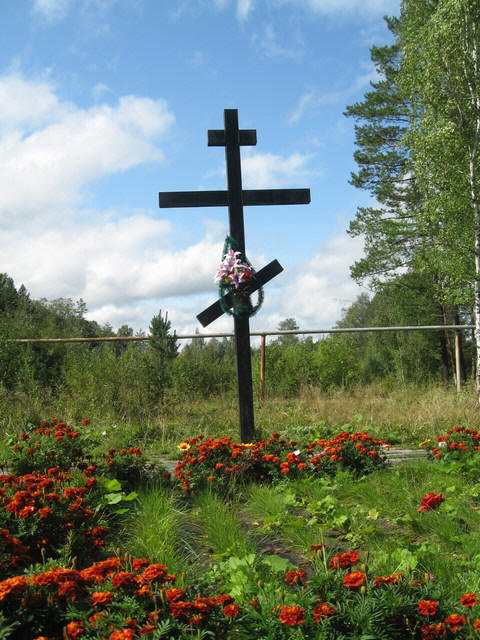

Yekaterinburg ( formerly Sverdlovsk) is a major city
in the central part of Russia. Situated on the eastern side of the Ural
mountain range, it is the main industrial and cultural center of the
Urals Federal District. It is Russia's fifth largest city. Between 1924
and 1991, the city was known as Sverdlovsk , after the Bolshevik leader
Yakov Sverdlov.
Yekaterinburg is situated in Asia, 1,667 km (1,036 miles) east of
Moscow, on the eastern side of the Ural mountains on the Iset river. It
is surrounded by forests, mainly taiga, and small lakes. The winter
lasts for about 5 months - from November until the middle of April and
the temperature may fall to minus 45 degrees Celsius ( minus 49
Fahrenheit). The summer on the Urals is short and lasts an average of
65-70 days with an average temperature of 18 degrees Celsius (64 degrees
Fahrenheit).
Yekaterinburg, still called by its Soviet name Sverdlovsk in rail
timetables, is an important railway junction on the Trans-Siberian
Railway, with lines radiating to all parts of the Urals and the rest of
Russia.

The city was founded in 1723 by Vasily Tatischev and
Georg Wilhelm de Gennin, and
named after Saint Catherine, the namesake of Tsar Peter the Great's wife
Empress Catherine I (Yekaterina). The official date of the city
foundation, however, is November 18, 1723.


Tatischev and De Gennin, founders of Yekaterinburg
Lenin
The city was named Sverdlovsk after the Bolshevik party leader and Soviet official Yakov Sverdlov from 1924 to 1991.
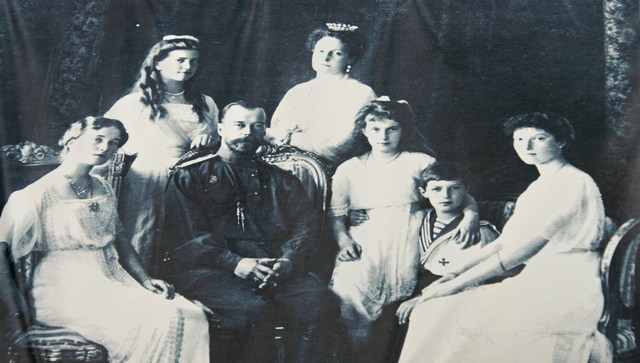
The Romanovs
The murder of the Romanovs
Soon after the Russian Revolution, on July 17, 1918,
Tsar Nicholas II, his wife, Alexandra, and their children Grand
Duchesses Olga, Tatiana, Maria, Anastasia, and Tsarevich Alexei were
executed by Bolsheviks in this city.
The Romanovs were moved from Tobolsk to Yekaterinburg in April 1918.
They were imprisoned here in a house belonging to a rich merchant named
Ipatyev. Several attempts were made to save the royal family, still they
were shot. The bodies were taken to the Four Brothers Mine, 40 km
outside the city. It took some time before investigators found the
mineshaft and some belongings of the family of the tsar.
This massacre
in Yekaterinburg has been the topic for rumors for many decades. In
Yekaterinburg and in some places outside the city, there are several
places that remind of what happened here. The theory is that the entire
family was killed by shooting, and that the bodies were burned and
destroyed with concentrated sulphuric acid.
The discovery of their remains is rather bizarre. Not until 1991 there
were found parts of bodies in the woods, not at the place mentioned
above. Although the church has built (and is still building)
several churches at the holy place of the mineshaft, the remains found
at another place seem to be the real remains. DNA testing at the
Forensic Science Service laboratory in UK matched samples from the
bodies with those from a blood sample provided by Prince Philip (Tsarina
Alexandra's sister was Philips' maternal grandmother). The remains of
the Romanov family are no longer in Yekaterinburg, but in St.
Petersburg's Peter and Paul Cathedral. Yekaterinburg has the Church of
the Blood, built at the place of the original building (Ipatyev House)
where they were murdered.

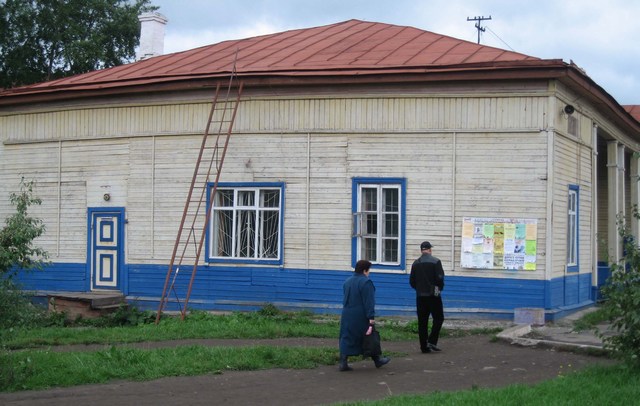
Above: The place where the Romanovs arrived in 1918

The Church of the Blood
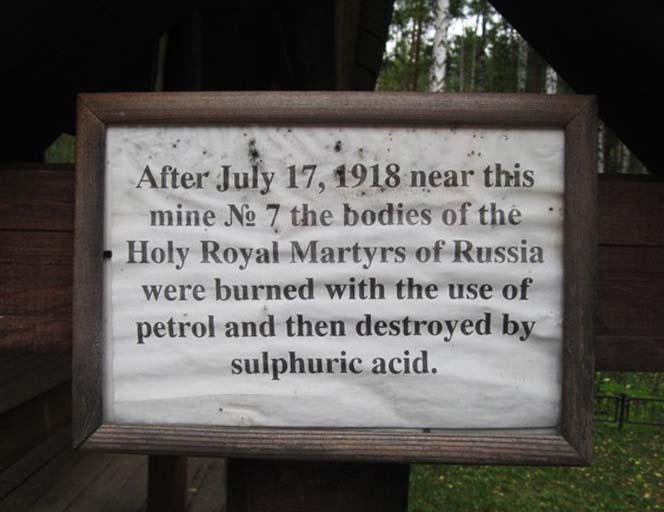

Near the mineshaft where the remains of the bodies were found
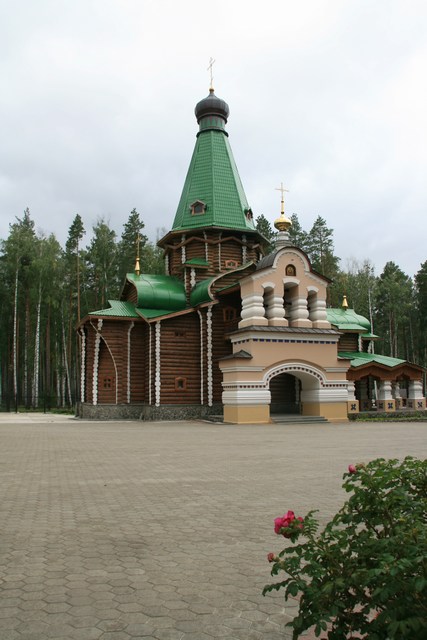
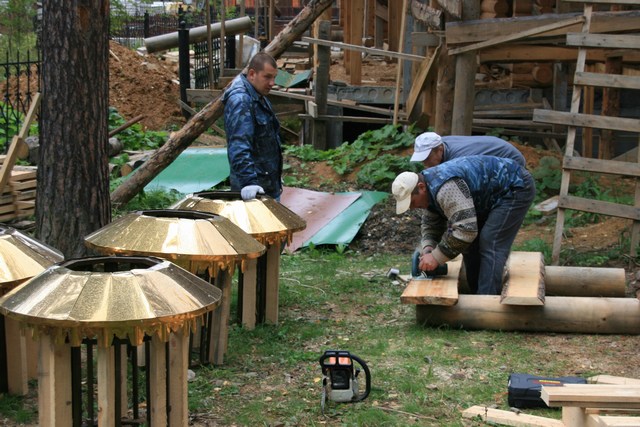
Several churches at the holy place
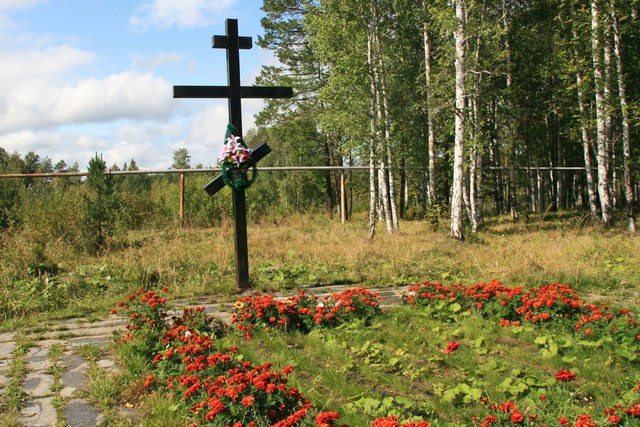
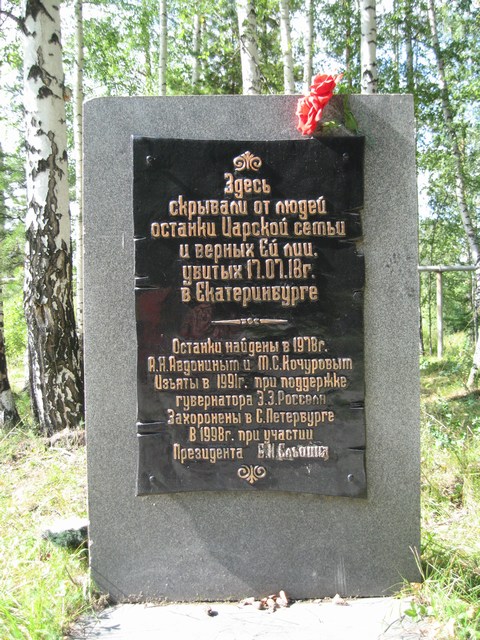
The other location where remains were found
The U2 Affair
This is not the only item, that plays a role in shaping Russian
history. A next item was the so-called 'U2 Affair'. On May 1, 1960 an
American U-2 spy plane, piloted by Francis Gary Powers while under the
employ of the CIA, was shot down over Sverdlovsk Oblast. The pilot was
captured, put on trial, and found guilty of espionage. He was sentenced
to seven years of hard labour, though he served only about a year before
being exchanged for Rudolph Abel, a high-ranking KGB spy, who had been
apprehended in the United States in 1957. The two spies were exchanged
at the Glienicke Bridge in Potsdam, Germany, on February 10, 1962. Since
the end of World War II, the Glienicke Bridge was the most popular
captive-exchange place.


A nuclear accident.
The closed city of Sverdlovsk had been a
major production center of the Soviet military-industrial complex since
World War II. It produced tanks, nuclear rockets and other armaments. A
major nuclear accident happened in this region in 1958, when a military
reactor was damaged, resulting in the spread of radioactive dust over a
thousand square kilometers. The biological weapons facility in
Sverdlovsk was built after World War II, using documentation captured in
Manchuria from the Japanese germ warfare program.
The strain of anthrax produced in Military Compound 19 near Sverdlovsk
was the most powerful in the Soviet arsenal ("Anthrax 836"). It had been
isolated as a result of another anthrax leak accident that happened in
1953 in the city of Kirov. A leak from a bacteriological facility
contaminated the city sewer system. In 1956, biologist Vladimir Sizov
found a more virulent strain in rodents captured in this area. This
strain was planned to be used to arm warheads for the SS-18 ICBM, which
would target American cities, among other targets.
The produced anthrax culture had to be dried to produce a fine powder
for use as an aerosol. Large filters over the exhaust pipes were the
only barriers between the anthrax dust and the outside environment. On
the last Friday of March 1979, a technician removed a clogged filter
while drying machines were temporarily turned off. He left a written
notice, but did not write this down in the logbook as he was supposed to
do. The supervisor of the next shift did not find anything unusual in
the logbook, and turned the machines on. In a few hours, someone found
that the filter was missing and reinstalled it. The incident was
reported to military command, but local and city officials were not
immediately informed. Boris Yeltsin, a local Communist Party boss at
this time, was denied access to the secret facility.
All workers of a ceramic plant across the street fell ill during the
next few days. Almost all of them died in a week. The death toll was at
least 105, but the exact number is unknown as all hospital records and
other evidence were destroyed by the KGB.
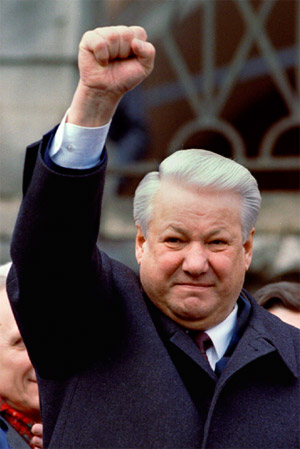
Boris Nikolayevich Yeltsin (1931–2007)
Sadly and ironically, in 1918, Yekaterinburg became a grave to the
last Russian Emperor Nicolas II and in 1991, the birthplace of the first
President of the post Soviet Russia - Boris Yeltsin. Yeltsin played a
decisive role in putting down the coup by hardliners against Gorbachov.
He was president of the Russian Soviet Federative Socialist Republic (RSFSR)
1990–91, and first president of the newly independent Russian Federation
1991–99. He directed the Federation's secession from the USSR and the
formation of a new, decentralized confederation, the Commonwealth of
Independent States (CIS), with himself as the most powerful leader. A
referendum in 1993 supported his policies of price deregulation and
accelerated privatization, despite severe economic problems and civil
unrest. He survived a coup attempt later the same year, but was
subsequently forced to compromise on the pace of his reforms after
far-right electoral gains, and lost considerable public support. He
suffered two heart attacks in October and November 1995, yet still
contested the June 1996 presidential elections, in which he secured
re-election, defeating Communist Party leader Gennady Zyuganov. Yeltsin
resigned as president on 31 December 1999, relinquishing his power six
months early to his chosen successor, Vladimir Putin, in return for
receiving guarantees of immunity from any future prosecution for any of
his actions in the Kremlin.